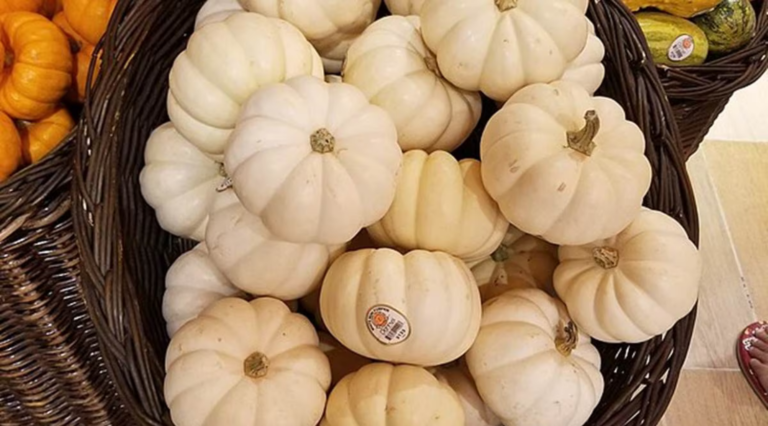How India has always distributed revdis as an act of benevolence and inclusivity

The recent statement by the Prime Minister regarding political parties distributing “revdis,” or free/subsidized goods and services as a strategy to garner votes, prompted contemplation on the significance of this sweet treat.
In the era of inexpensive packaged chocolates, the traditional allure of revdi appears to be waning. Once a highly prized gift known for its extended shelf life and portability, revdi serves as a tangible link to the intricate sugar craftsmanship of ancient India, a time when sugar was yet unknown to the Western world.

Originally, the culture surrounding revdi embodied a spirit of togetherness, emphasizing care for the less fortunate members of society and providing lasting nourishment for all. Harvest festivals like Lohri and Makar Sankranti underscore the relevance of revdi, symbolizing the distribution of seasonal food in harmony with nature. This approach respects the ecosystem as a whole, contrasting with a sense of entitlement.
Across all religions, the tradition of providing food to the needy is upheld, with food gifts and communal meals being central to festivities worldwide. In India, festivals are intricately linked to specific foods/ingredients, preserving ancient culinary wisdom and cooking methods. Certain ritualistic meals incorporate wild foods that, despite being forgotten in contemporary kitchens, are brought to the table once a year.

For instance, the Hala Shashti, observed two days before Janmashtami, is an agrarian festival granting the plough a much-needed rest. Traditional dishes include wild leafy greens and wild rice, showcasing the importance of smaller festivals in preserving not only wild foods but also the worship of nature.
Majoritarian festivals, laden with cash crops like dried fruits, ghee, aromatic rice varieties, and exotic fruits, contribute to consumerist economies. Chocolates and candies now feature prominently alongside Indian sweetmeats. In contrast, smaller agrarian festivals celebrated by the masses in rural India help preserve and value not only wild foods but also the worship of nature.

Certain food items consistently feature in the food-giveaway traditions of these festivals, such as sesame and jaggery. Both are pan-India crops with health-boosting properties, especially during winter months. Makar Sankranti sees the abundant consumption and gifting of sesame and jaggery-based laddus, gajak, and chikkis in the Indo-Gangetic plains, along with rice, pulses, and warm clothing.
The tradition of distributing sesame-and-jaggery preparations, including revdi, chikki, tilkut, or laddu, is deeply rooted in the ancient belief that the gift of sesame produces everlasting merit, according to food historian KT Achaya. This benevolent tradition of distributing revdis to loved ones and the needy has a long history, preceding Brahmanical entitlement by several millennia. The inclusive act of distributing revdis as an act of benevolence stands as a testament to a tradition older than idol worship, surviving through the ages.




